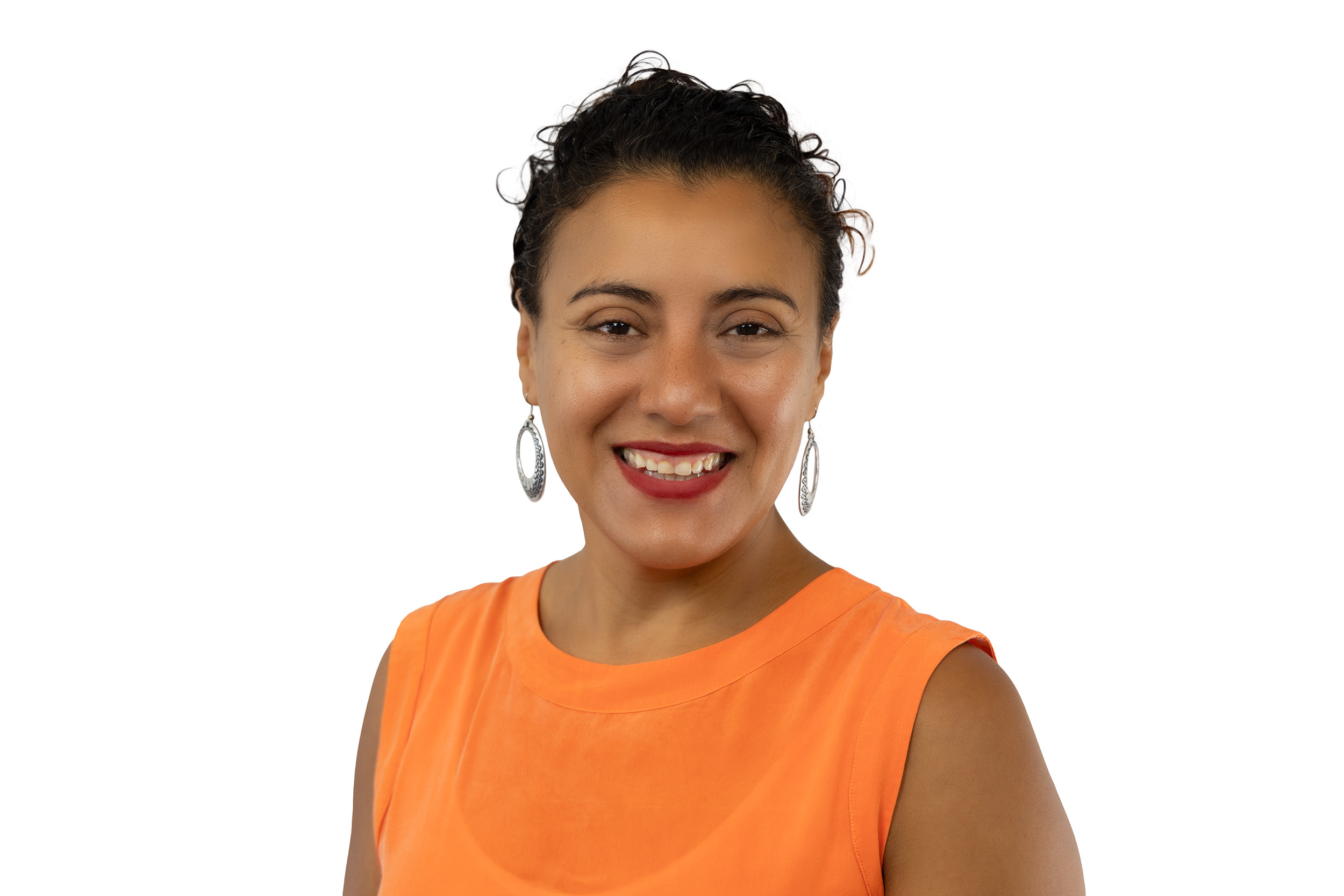About 1.4 million New Yorkers—roughly 7 percent of the state’s population—live in rural communities. These towns and villages are known for their open spaces and strong sense of community, but they also face serious challenges in healthcare.
 By Sirene Garcia, Chief Impact Officer, Finger Lakes Community Health
By Sirene Garcia, Chief Impact Officer, Finger Lakes Community Health
According to the New York State Comptroller’s Office, 16 rural counties across the state have less than half the number of primary-care doctors per 10,000 people compared with the state average. Many areas have no pediatricians or OB-GYNs at all, and nearly every rural county is classified as a mental-health professional shortage area.
November 20th is Rural Health Day, and we write this to recognize some of the challenges and solutions available to our community.
Everyday Barriers
The reasons behind these shortages are complex. Rural communities often struggle to attract and retain doctors and dentists due to lower pay, professional isolation, and fewer career advancement opportunities. In addition, limited transportation, the high cost of living, and the fact that many people feel more comfortable speaking in other languages, make it harder for patients to access care.
 Even as telehealth expands, not everyone has reliable internet access. “Technology has made it easier for people to connect with specialists, but if you don’t have adequate internet service, that becomes a barrier,” said Serene Garcia, Chief Impact Officer at Finger Lakes Community Health (FLCH). “That’s why local community health centers play such an important role.”
Even as telehealth expands, not everyone has reliable internet access. “Technology has made it easier for people to connect with specialists, but if you don’t have adequate internet service, that becomes a barrier,” said Serene Garcia, Chief Impact Officer at Finger Lakes Community Health (FLCH). “That’s why local community health centers play such an important role.”
State-Level Solutions
New York State has begun investing in rural healthcare infrastructure to close these gaps. In 2024, the state announced new funding to expand behavioral health services, strengthen rural health networks, and help recruit and retain healthcare providers. Programs that repay student loan debt for clinicians who serve in rural areas are also helping build the workforce.
The Local Response
For nearly 40 years, Finger Lakes Community Health has been bridging these gaps in the region. With eight health centers and two mobile units across upstate New York, FLCH provides primary medical, dental, and behavioral-health care—regardless of income or insurance status.
Since there are long distances between communities, FLCH has made telehealth central to its care model. Patients can connect with specialists by secure video at their local health center, with staff available to help as needed. For those without home internet, local libraries also offer private spaces for virtual visits. Telehealth not only reduces travel and costs—it also allows specialists to collaborate directly with primary care providers at the health center, ensuring patients receive coordinated, comprehensive care close to home.
“We want people to feel comfortable using video conferencing for their appointments,” Garcia said. “Our staff can help set it up, answer questions, and make sure patients can see their providers even when travel is difficult.”
In addition, FLCH provides support services that direct patients to resources that help them maintain their health, including food pantries, housing assistance, and substance use disorder services. We offer support for those who aren’t fluent in English, including services such as health insurance enrollment and a generous sliding fee discount.
One Stop for Care
FLCH centers are designed to be “one-stop” health care centers. A patient can come in for a primary-care visit, get lab work done, meet with a behavioral-health counselor, and schedule a dental cleaning—all under one roof. This integrated model saves time, reduces travel, and enables providers to work together to support each patient’s overall health.
The organization’s school-based health programs also help families by keeping students in class and parents at work. The Penn Yan School-Based Health Center offers medical, behavioral health, and dental care right at school, reducing missed days for both students and families. FLCH’s dental team even visits daycares and preschools to reach children before they get their first tooth.
Building Stronger Communities
Beyond healthcare, Finger Lakes Community Health supports the local economy. With about 250 employees, most of whom are hired from within the region, FLCH is giving back to its communities. Many staff members were once patients themselves and now serve their own neighbors.
“Rural health centers are economic engines,” Garcia said. “When we hire local residents and help them build careers in healthcare, it strengthens the whole community.”
Looking Ahead
The challenges facing rural healthcare are real—but so are the solutions. With a mix of innovation, collaboration, and compassion, Finger Lakes Community Health continues to show that quality care doesn’t have to be far from home.
To learn more or schedule an appointment, call (315) 781-8448.


